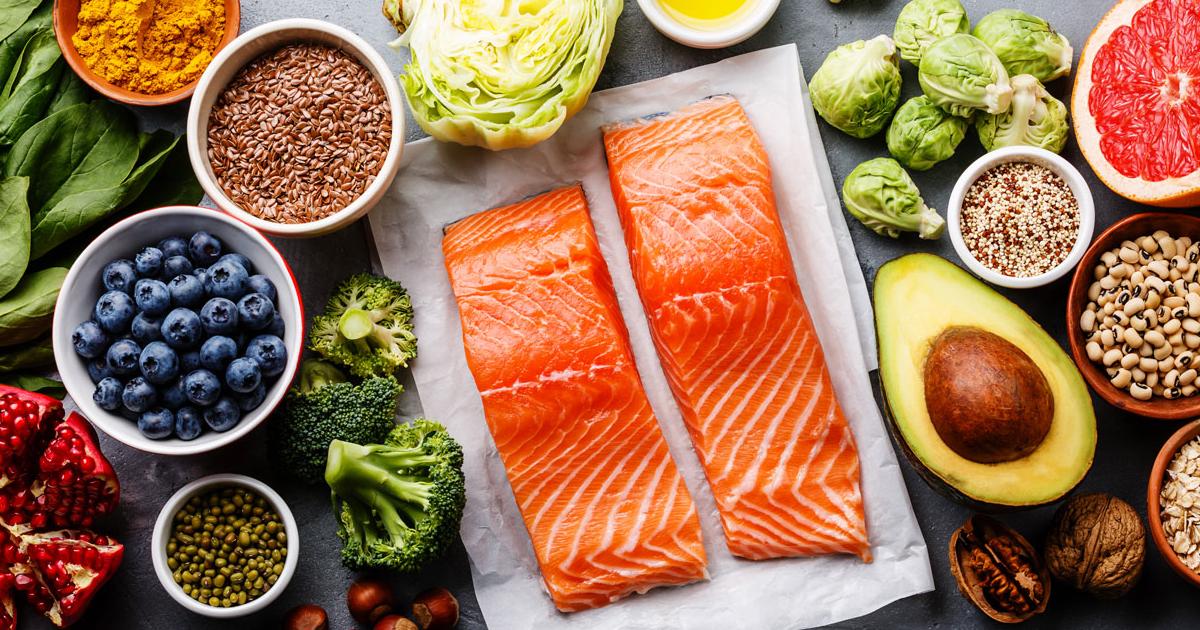What Is The Nordic Diet?
The Nordic diet was developed in 2004 as a response to two concerns in the Nordic region: a growing obesity crisis and a decline in sustainable farming practices. The Nordic region includes Scandinavian countries such as Norway, Denmark, Finland, Iceland, and Sweden. Traditionally, the diet in this region is rich in seafood, seasonal berries, root vegetables, and whole wheat bread. However, the diet has changed in recent years to look more like a heavier, North American diet with more red meat, processed foods, and added sugars. The hope of the Nordic diet is not only to encourage a healthier diet, but also to challenge individuals to think about how food is produced and to change their attitudes towards food consumption.
Basics Of The Nordic Diet

The Nordic diet is concerned with what people eat as well as how they eat. In terms of food choices, it is clear the Nordic diet emphasizes a combination of high fiber fruits and vegetables, whole grain bread, and protein from seafood. In a normal meal, the ratio of carbohydrate calories to protein calories should be two to one. The designers of this diet also encourage individuals to prepare more home-cooked meals using local ingredients. They want individuals to think about the social aspects of dining as well, and meals are supposed to be enjoyed slowly in a relaxed setting. They also want individuals to consider the environmental aspects of eating by encouraging the use of sustainably farmed foods and efforts to decrease food waste.
Get the full details on the right foods to eat on the Nordic diet.